Life Dice is a game that is both fun to play and sparks meaningful interations between people of all ages.
It consists of a set of two rustic wooden dice. One has six conversation-starting questions, and the other tells the player how to answer in a quirky way, which adds to the fun.
The two 1.25″ cubes feel smooth and fit nicely in your hand to roll. They come in a mesh bag with the following instructions:
The dice were carefully designed to facilitate meaningful interactions in three ways:
1) They provide a playful structure that shifts control away from parents, teachers or team-leaders and into the hands of participants.
Not knowing what the question will be or how they will be asked to answer adds mystery and excitement to the conversation. Putting control of the questions literally in the hands of the participant gives them a sense of ownership and breaks down resistance to sharing. The possibility of being able to ask someone else to answer adds to the suspense for everyone.
2) They promote self-discovery and meaningful sharing by asking questions that focus on virtues and character strengths.
The questions asked have been carefully selected to encourage participants to view their days through the lens of virtues, character and service both the day past and the days to come.
What is the best thing that happened to me today?
This question invites us to reflect on our day looking for the positive.
What am I grateful for today?
Expressing gratitude for both big and small favors has been proven by research to increase life satisfaction and happiness while reducing depression.
What was challenging for me today?
We all face challenges. Sharing them and hearing them shared reminds us that we are not alone. This encourages people to consult together on how to master challenging situations and helps us develop and strengthen problem solving skills.
Whose heart did I cheer today?
Happiness is the result of experiencing virtues such as kindness, generosity and compassion, and this happiness is bestowed equally on both the giver and the receiver of these blessings! Answering this question is sure to reinforce this awareness.
How was I of service today?
Service is virtue in action. Reflecting on our service helps us identify our strengths, gain a sense of purpose, and see ourselves in relation to something outside of ourselves. These are three things that happiness researchers have identified as essential for life-long happiness.
What did I learn today?
We never stop learning. Whether we are playing with our family, students, or other adults, this question invites us to reconnect with the wonder of discovering something new, and the joy of sharing our discovery with someone else. When learning is the result of making a mistake, we learn humility, perseverance and grace.
3) They invite the mind, heart and body to be fully present in the process.
They say that over half of communication is non-verbal. While this game will not teach body language skills, it will help you become very aware of how changes in your voice and body position change how it feels to communicate as well as the difference it makes in other’s communication. You will experience the difference between being loud or soft, singing or speaking, sitting or standing, eyes open or closed. While this might seem like the “silly” part of the game, understanding the kinesthetic aspect of communication is really important.
Perhaps the most interesting side of either die is the one that says “choose someone to answer.” On one hand, it could be perceived as an opportunity to reward or punish someone else in the game perhaps a parent, sibling or team leader on the other hand it is a request to pass the baton to someone else. Keeping quiet and letting someone else speak might be the most important skill this game could ever teach.
When to Play:
Life Dice can be used by an individual as an end-of-day activity, or played with as many people of all ages as you have time for (you don’t want to leave anyone out). It is especially useful for starting family dinner conversations, as a get-to-know-you activity at the beginning of a class, and as a team-building exercise for adults. One friend even pulled them out in a doctor’s waiting room and played with the other patients!
How to Play:
Roll both Life Dice together (small children can roll them separately) then answer the question on the first die, following the directions from the second die. When playing as a family dinner game, be careful not to roll them into fragile dishes or onto your food. When done, pass the dice to the right and let the next person go. Play until everyone has had at least one turn (no exceptions), or until you get tired. That’s it. Have fun!
Developed by Katrin Modabber and Justice Saint Rain.
For a review of Life Dice by the parenting website Moments A Day, click here.



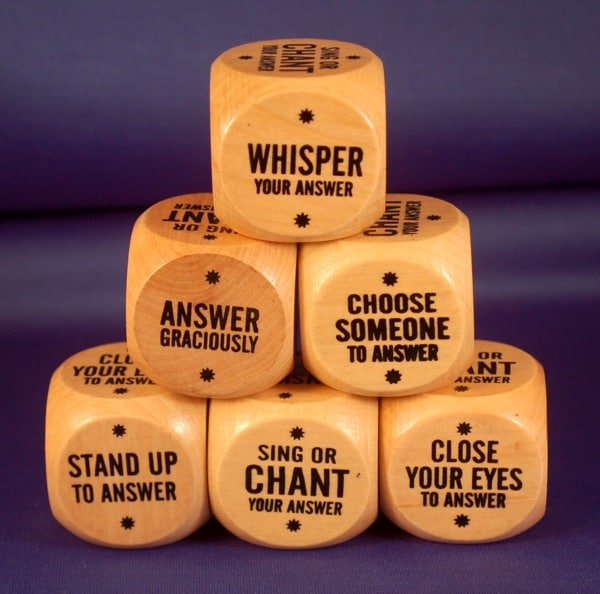
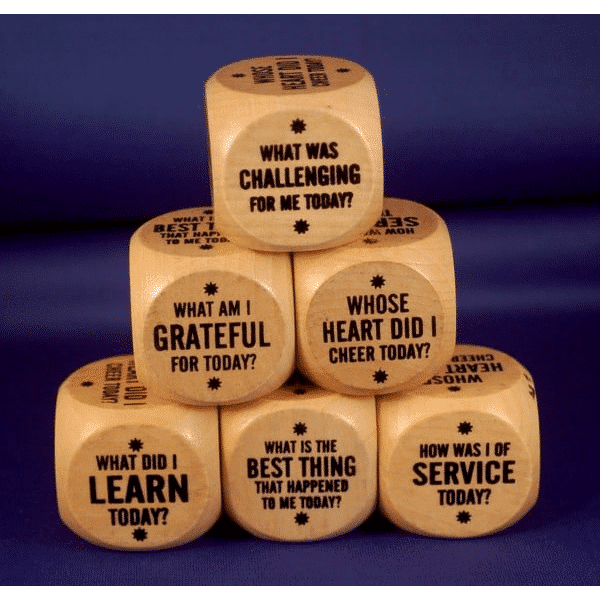

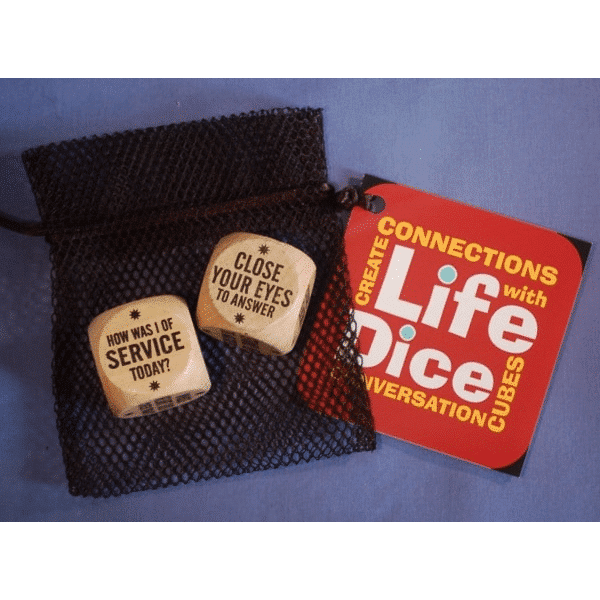
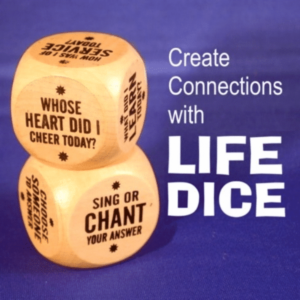
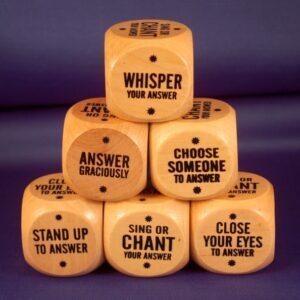
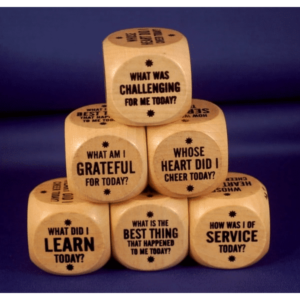
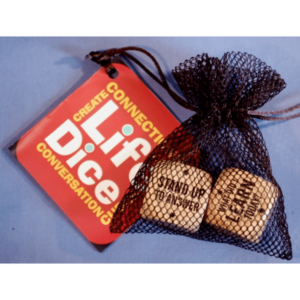
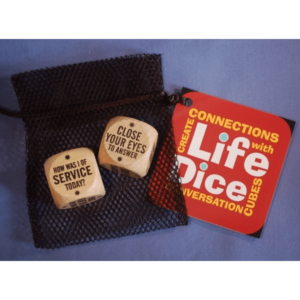
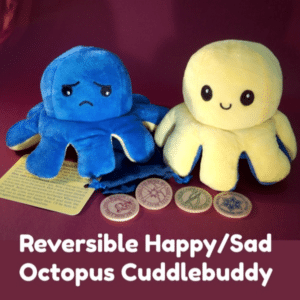
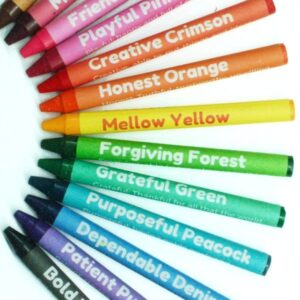
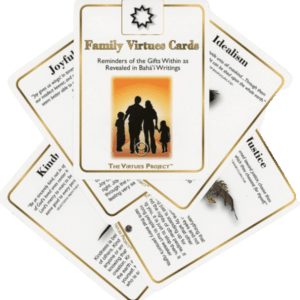



JANINE RAY –
This will be a fun activity to use with children and adults
Anonymous –
wonderful way of creating conversation with anyone
Melanie Powers –
Used these at a Feast and at work. Enjoyed the different approach to sharing.
Janot Mendler de Suarez –
Lisa C. –
The dice were purchased as a gift but I really liked the overall idea and I sure it will be fun to play especially with kids at family gatherings.